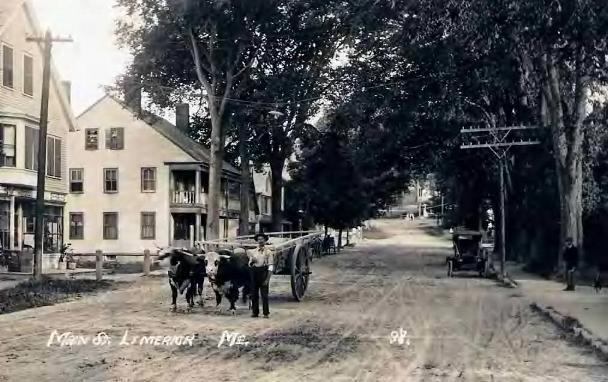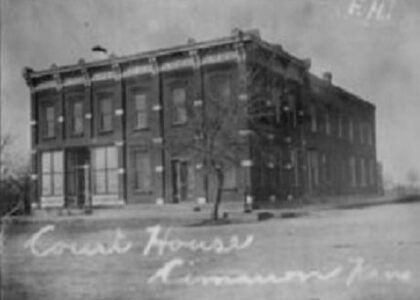Nestled in the heart of York County, the quaint town of Limerick, Maine, has a rich history that dates back to the late 18th century. Founded in 1775 by James Sullivan, a prominent lawyer and politician, Limerick was named after the Irish city of the same name, reflecting Sullivan’s Irish heritage. Initially, the area was part of the Massachusetts Bay Colony and later became part of the newly formed state of Maine in 1820.
In its early days, Limerick was primarily an agricultural community, with settlers cultivating the fertile lands. The town quickly grew, and by the early 19th century, it became a hub for local trade and commerce. The arrival of the railroad in the mid-1800s further boosted Limerick’s economy, connecting it to larger markets and facilitating easier transportation of goods.
During the Civil War, Limerick, like many New England towns, played its part by sending men to fight for the Union. The town’s residents showed resilience and community spirit, contributing supplies and support to the war effort. The post-war period saw a shift from agriculture to small-scale manufacturing, with mills and factories springing up along the Little Ossipee River.
One notable figure in Limerick’s history is Moses Sweat, a local lawyer, and politician who served in the Maine State Senate in the mid-1800s. His contributions to the legal and political landscape of Maine left a lasting impact on the region.
Over the years, Limerick has evolved from a bustling trade center to a peaceful rural retreat. Its historical buildings, such as the Limerick Congregational Church built in 1834, stand as reminders of the town’s storied past. Today, Limerick is known for its charming small-town atmosphere, where history and natural beauty coexist, offering a glimpse into Maine’s rich heritage.





